Tulsa Termite Inspection
Most people preserve their investment in their house or commercial property by purchasing insurance, performing regular maintenance, and finishing repairs as needed. However, many people choose to do nothing in the face of these quiet invaders, who cost the US economy billions of dollars in structural damage annually.
There is never a better moment to start safeguarding your property than right now if you haven’t already. Due to the catastrophic damage that termites produce, homeowner’s insurance frequently does not cover termite damage, which can result in costly repairs and decreased property values. It would be best if you took action right away to safeguard your house or commercial property against pests that consume wood.
Termites are wood-destroying insects and have the power to seriously and permanently harm your property. You should get a termite inspection performed by a qualified pest control service if you suspect you may have a termite infestation. You can read our guide if you want to learn everything there is to know about termite inspections in Tusla.
Termite Inspection in Tulsa, Oklahoma City
It might be difficult to identify whether your home is at risk of a termite invasion. Termites are rarely seen, and when they are, there is hardly any noise. Therefore, the sounds of them eating on the wooden beams inside your walls typically go unnoticed. The fact that termites typically leave behind indicators in obscure or challenging-to-access areas only adds to the confusion.
How Can I Tell if I Need to Contact a Termite Inspection?
This question has a clear and confusing response. You won’t always get any clues that you need to call an inspector out to search for these wood insects because termites are quite tough to notice at first.
The ideal strategy? It is advised to assume you require a termite examination. Hopefully, you’ll receive the all-clear. But even if the inspector does discover termites, you may still count yourself lucky. How so? Why? Well, because you’ll have a chance to address the issue before it worsens.
At What Point Should I Have Termite Inspection?
Having a termite inspection every year is recommended because they are most useful early in the infestation process (enabling you to prevent termites before they cause too much harm). Although termites are more likely to emerge from hiding in the spring, their malicious work is done all year long in, under, and around objects, so the specific time of year doesn’t really matter.
Termites won’t enter your kitchen cupboards and start munching on your food to let you know they have infested your home. It consumes wood. This enables them to remain completely undetected as they slowly devour the wood on your property.
The Process of Termite Inspection
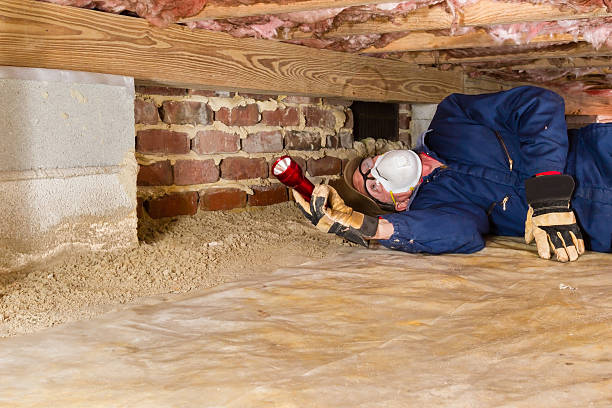
The method is not too difficult. The first step is to call or book an online termite inspection with the firm of your choice. Make an appointment with a qualified technician who serves your area; bear in mind that you must be present to grant entry to your home, garage, and any other structures you wish to have inspected.
When a company comes to your house, some don’t require any preparation, but others prefer that you go through a number of steps. As a general guideline, ensure that the technician can enter any important location, like your attic, sink, garage, and crawl space, if you have one. Remove everything from your attic, the space beneath your sink, and any obstructions to the opening of your crawl space. Also, make sure nothing is in the way of the expansion joints in your garage.
Your inspector will look over your home’s inside and exterior, looking for telltale indications of termite infestations and activity, such as mud tubes and shed wings. Both subterranean and dry wood termite evidence will be looked for diligently. It usually takes approximately 45 minutes, though the length of time will depend on the size of your house and how easily accessible your woodwork is.
After the inspection is complete, the technician will go over what they discovered, explain how they can help eradicate the wood-destroying organisms, and, if necessary, provide you with a treatment cost estimate.
What Termite Inspectors Look For
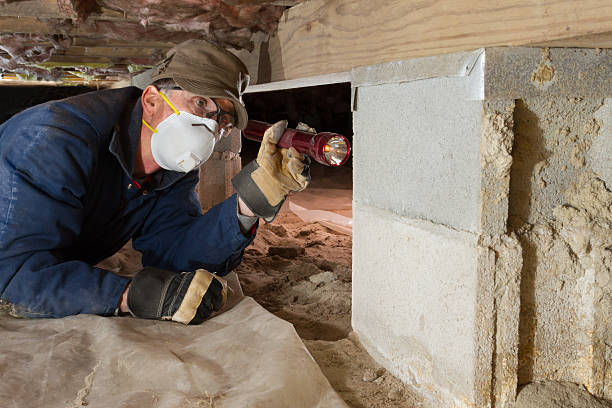
When on the lookout, termite inspectors focus on finding a few critical pieces of evidence. These are signs that you might also be able to notice on your own. Sadly, most of the time you won’t even notice that termites are present in your home until your woodwork has been severely damaged. Hence, termite inspections are very important.
Mud Tubes
Underground termites create mud tunnels that connect their nests to the wood they eat as their own private superhighways. These little tunnels, made of soil and wood, are about the width of a pencil. These mud tubes are made by termites for a variety of reasons. They bind the wood to the soil, protect the termites from scavengers, and prevent them from drying out.
Although the lack of mud tubes indicates that you are termite-free, mud tubes are a sure symptom of subterranean termites. Considering that dry wood termites don’t even produce mud tubes, you could still have subterranean termites.
Damaged Wooden Structures
Termite activity can be detected by the hollow sound hollow wood makes when tapped. Your wood’s structural joints experience severe termite damage, giving it a crushed or rippling appearance. With a screwdriver, you can probe the wood to reveal any tunnels. The tunnels built by subterranean termites are usually parallel to the wood’s grain, which gives them a distinctive appearance.

Proof of Swarms
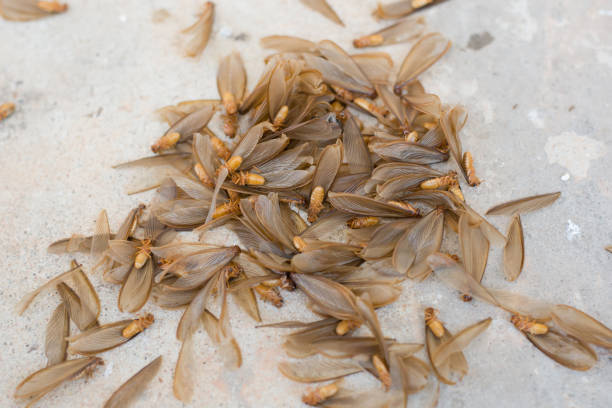
Subterranean termites swarm to create a new colony as the weather warms up. They throw away their wings when they go for more favorable climes, frequently leaving them in piles.
Frass
Termite droppings are referred to as frass. This is made up of very tiny oval-shaped granular pellets. It is frequently discovered near baseboards, door frames, and windowsills if termites are present.
Brittle Paint
If you have subterranean termites, the paint may bubble or peel. Air and moisture can enter between the paint and the surface when termites damage drywall. As a result, the moisture underneath the painted surface may start to sag.
Remember that your paint could bubble up for a variety of causes; therefore, it’s not a surefire indication of termite activity.
Active Termites
Termites at the live stage are notoriously hard to detect. Make sure you can distinguish it from an ant if you’re unfortunate enough to find one in your house. There are three different types of subterranean termites: reproductives, soldiers, and workers. These groups are all creamy white in color. The reproductives have wings, which gives them a more than passing resemblance to flying ants. This is their main difference from one another.
Flying ants and reproductive termites can be distinguished in a few different ways. Wings come first. Termites have two pairs of wings—one in front and one behind—just like flying ants. While the wings of flying ants are longer on the front than the back, those of termites are equal in length. Additionally, termites have straight antennae rather than twisted ones and are thicker in the center than flying ants.
Important Areas to Check
There are a few additional crucial areas to carefully inspect when playing Sherlock to safeguard your home, in addition to your garage, attic, and crawl space.
Wooden Structures
Termites may cause damage to outside timber buildings like a deck, shed, carport, or arbor. You should exercise extra caution if termite-resistant materials weren’t used during building.
Wood Fences
Termites can begin nibbling on your wooden fencing if they manage to get there, and eventually follow the route to your house.
Cracks
Termites frequently enter buildings through brick masonry and cracks in expansion joints.
Deadwood
You invite termites if you leave tree limbs in your yard after they have fallen. To ensure the safety of your property, remove any tree limbs.
Firewood
You might have a nice stack of firewood ready and waiting for chilly nights, depending on where you reside. But in reality, these piles are only set up for a termite feast. Yes, you can keep firewood as long as it is elevated off the ground and is kept at least 20 feet away from your home.
Wood Mulch
Wood can be a fantastic component of many mulches, but it can also serve as a food source or a haven for troublesome termites. Think about using a different kind of mulch if you think you could have a termite problem.
Contacting Qualified Home Inspectors
You need to get in touch with the top pest control firms when it’s time for a termite examination. These businesses will deliver the best inspection because of their experience and knowledgeable staff.
Free termite inspections are provided by Frank and Company to determine whether your house is termite-free. Each business conducts thorough examinations of all crevices and access points that are often used. If termites are present, they will provide you with a termite treatment plan and an in-depth written report.
There you have it. This is the procedure you can anticipate, whether you want to conduct your own termite inspection or contact a reputable pest management business. No one wants their house to become a termite banquet, so be sure to get it done in either case.

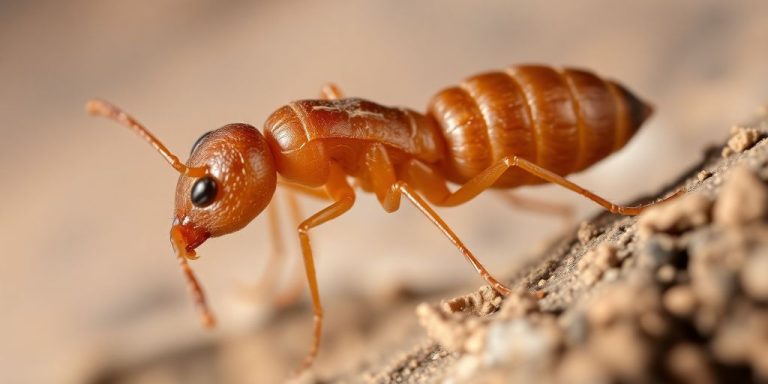
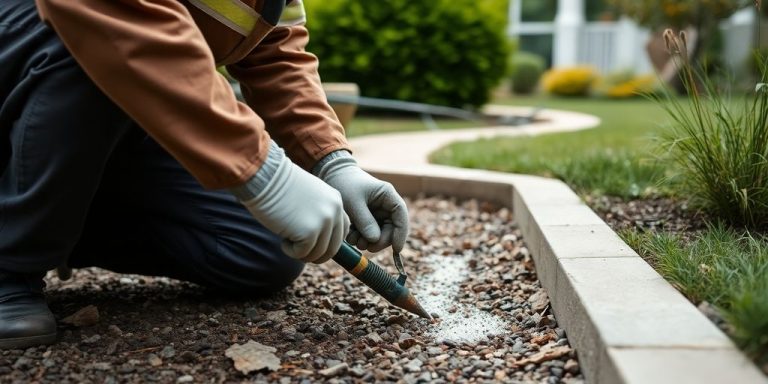
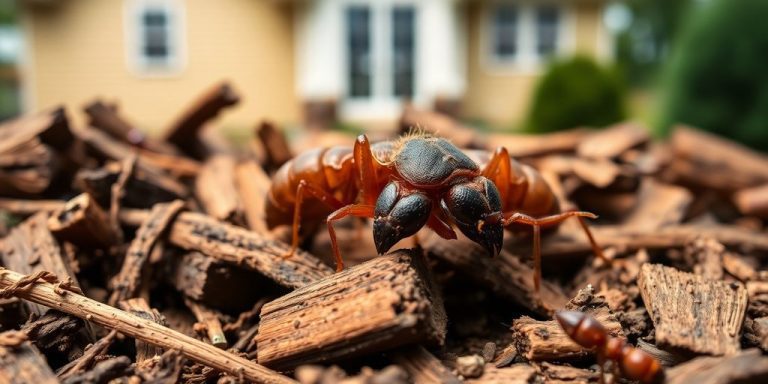
Pingback: You have found termites in shed? - BugDaddyOK